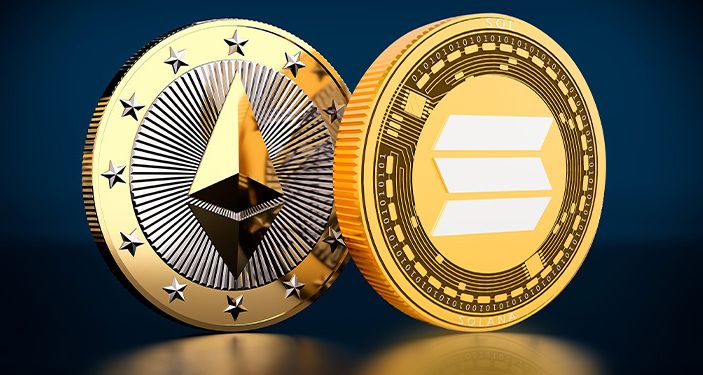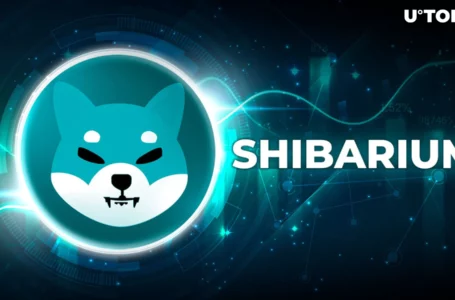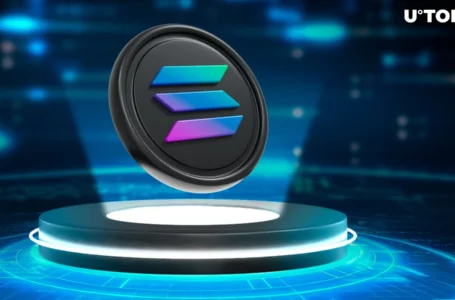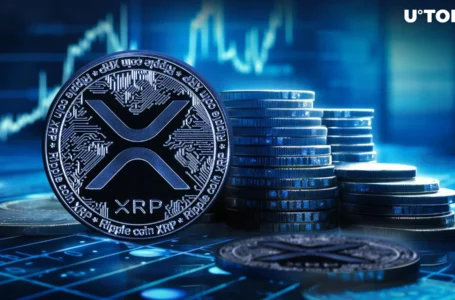
The competition between layer ones has been raging since the frenzy around various decentralized applications (DApps) and non-fungible tokens (NFTs) in 2021. While the 2020 DeFi summer hinged on Ethereum as the primary driver, 2021 saw the rise of other layer-one protocols like Solana that promised higher transaction speeds at lower costs — something that Ethereum aims to achieve using its Ethereum 2.0 upgrade. While the two blockchains have certainly found their fair share of fans and supporters, Ethereum reigns supreme as a blockchain that offers a much more transparent and advanced ecosystem of DApps. But there are certainly differences between the two that cannot be ignored.
In this article, we will look at the major differences between the two blockchains. We will be reviewing the underlying technology, the core features that each blockchain offers and also understand the growing DApp ecosystem on each.
Ethereum
Consensus Mechanism
Ethereum 1.0 (the one we are using presently) relies on a Proof-of-Work (PoW) mechanism, the same as the mechanism that is used by Bitcoin’s blockchain. The network, then, is secured by hundreds of thousands (if not millions) of miners who participate in the process of consensus by “staking” their computing power/hardware. While this ensures that the network always remains decentralized and the barrier to entry to participating within the network is high, it also leads to reduced performance on the network as it is unable to process many transactions per second.
Stateful Architecture
The second point that makes Ethereum different from Solana is its “stateful” nature. It means that all the transactions on the network are recorded into one state and if any new transaction occurs, then the entire network (or all the miners) must update their copy of the network to reflect that new transaction. In simple terms, if Alice were to send Bob $10 via Ethereum, then the entire network of miners (which for the sake of assumption are 10,000) around the world will have to update their records to reflect that.
This process is not cheap, and this is why Ethereum 1.0 is considered to be slower than other ‘stateless’ blockchains like Solana.
Solana
The crucial point where Solana differs from Ethereum is the underlying consensus mechanism. It is known as Proof-of-History (PoH) and, in essence, it requires a sequence of computational steps that determine the time passage between two events cryptographically. This is further done by adding timestamps to all transactions and tracking each one’s order. This type of order sequencing is pivotally different from that in Bitcoin and Ethereum, where their transactions are not placed in a timely order.
The other key difference with Ethereum is that Solana has a ‘stateless’ architecture and, as already discussed above, this helps reduce the overall memory consumption. Since the entire state of the network does not need updating for each transaction, they can be easily carried out sequentially. This is one of the factors that make Solana highly scalable.
Features
Each blockchain has some incredible features that set it apart. While decentralization is certainly something that Ethereum has always focused on, higher throughput has remained Solana’s focus and has managed to achieve that via its underlying technology as well.
Solana
A crucial selling point for Solana is certainly its ability to process a block every 400 milliseconds and its record 60k transactions per second. Just these features alone make it one of the fastest performing layer-one blockchains. Additionally, it has several features that makes it stand apart.
Improved Transaction Speeds
Solana utilizes Tower Byzantine fault tolerance (BFT), an improvised version of pBFT (practical Byzantine fault tolerance). This removes the need for nodes to communicate with each other in real-time, thereby improving the overall efficiency.
In addition to this, Solana also utilizes what is known as the Gulf Stream that is, as it claims, a mempool-less transaction forwarding standard that pushes the transactions to the edge of the network. This enables network validators to carry out transactions much ahead of the stipulated time. This enables the network to process over 50,000 transactions per second (TPS).
Enhanced Scalability
A crucial feature that makes Solana stand apart from its competitors is that the blockchain is scalable at its base level, that is, it does not require layer-two solutions to increase scale. A key component of the blockchain that aids in this scalability is the Turbine block propagation protocol. It helps break down data into smaller fragments, making it easy to transfer it across the network. Sealevel also aids in the processing of transactions across GPUs and SSDs.
All of these features combined make for a highly scalable, efficient and low-fee blockchain.
Ethereum
While Ethereum is limited by its ability to process a huge number of transactions per second, where it stands out is decentralization. The barrier to entry to become a validator — especially in Ethereum — is not too high, which makes for a trustless decentralized network. To compensate for the lack of scaling features at the native blockchain, layer-two solutions help provide for advanced scalability and throughput.
Technology
A key feature of Ethereum, especially when it was launched, was the fact that it is a Turing-complete language. This means that it can support a variation in programmability, which further facilitates the creation of different smart contracts. It, thus, utilizes Solidity as its base programming language which is used for coding smart contracts.
Needless to say, Ethereum was one of the first pioneers in the creation of decentralized on-chain smart contracts.
Scaling
Ethereum 1.0 can process roughly 13-15 transactions per second, which does not make it the fastest blockchain. What the layer-one blockchain of Ethereum lacks in scalability is accomplished by layer-two scaling solutions such as state channels, sidechains, Plasma (Polygon), Validium and rollups (Optimism). It also supports multi-chain networks that help enhance the scalability for Ethereum without compromising on its security. An example of this is Polygon, which is a multi-chain network that helps scale Ethereum.
Non-Fungible Tokens (NFTs)
Certainly not the first to pioneer non-fungible tokens, Ethereum was one of the major protocols that helped leverage the technology to create digitally scarce collectibles. While the collectibles boom has only happened in the year 2021, NFTs were being used for various different purposes even before. The first application that gained worldwide popularity was Cryptokitties, which also led to the clogging of the Ethereum network at the time.
Stablecoins
Stablecoins are the engine of decentralized finance (DeFi). Think of them as normal currencies like USD with the only difference being that stablecoins are cryptocurrencies and they represent one unit of traditional fiat currency — a cryptocurrency that is pegged to a fiat currency. Since all major cryptocurrencies are extremely volatile, it makes sense to have a type that remains pegged to one unit of a traditional fiat currency. Stablecoins do a perfect job in achieving that.
How are Ethereum and Solana different?
Ethereum and Solana differ in terms of the underlying technology and consensus mechanism that they utilize. While Ethereum currently follows PoW, Solana follows PoH. Ethereum was launched in 2014 and Solana was launched in 2020. Ethereum offers a much more mature and decentralized network, while Solana offers high-speed and low-cost transactions.
Which is better: Ethereum or Solana?
Ethereum offers a mature and much more developed DeFi ecosystem. Also, because of the protocol’s age, it has gone through various forks and changes, all while remaining decentralized. Solana is a new kid on the block that offers faster transaction times at lower costs.
Which is faster: Ethereum or Solana?
At the moment, Solana can process over 50K transactions per second (TPS). Ethereum is progressing to Ethereum 2.0 and once that upgrade is finished, it will be able to process over 100K TPS.
Conclusion
Ethereum has certainly managed to acquire some really dedicated community members who are quite certain that the protocol is bound to succeed. Since it has played a pivotal role in being the backbone of DeFi, it has its own value in the community which cannot be replaced. Solana is the “new kid on the block” that is still finding strong footing despite its hockey-stick growth. It is hard to tell which blockchain wins in the longer term but given that Ethereum has been in the game for so long, it has much higher chances.



















